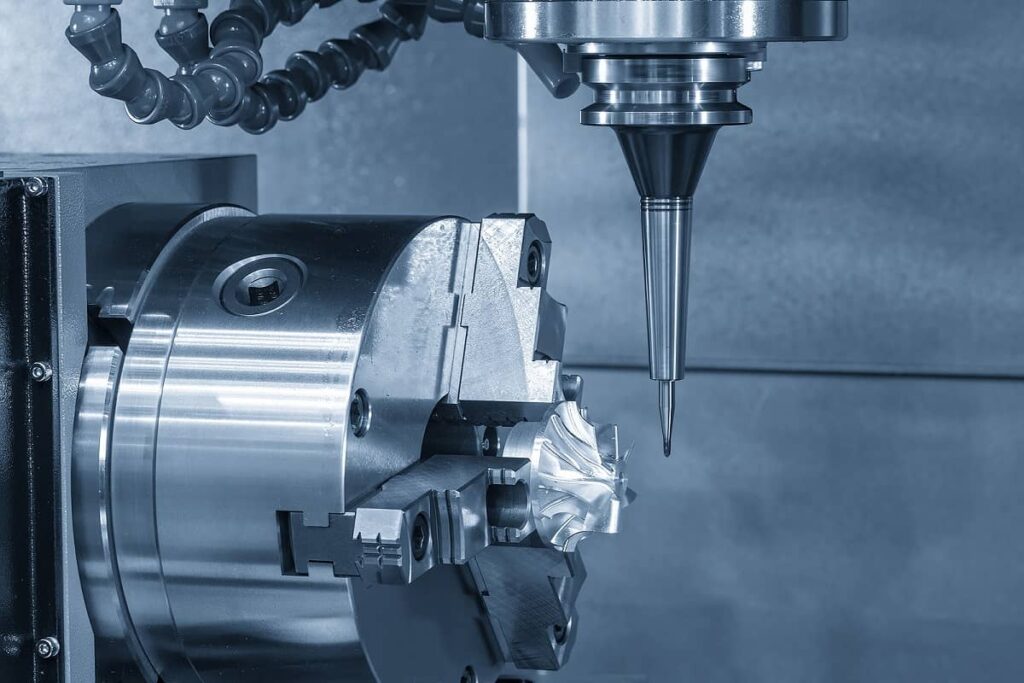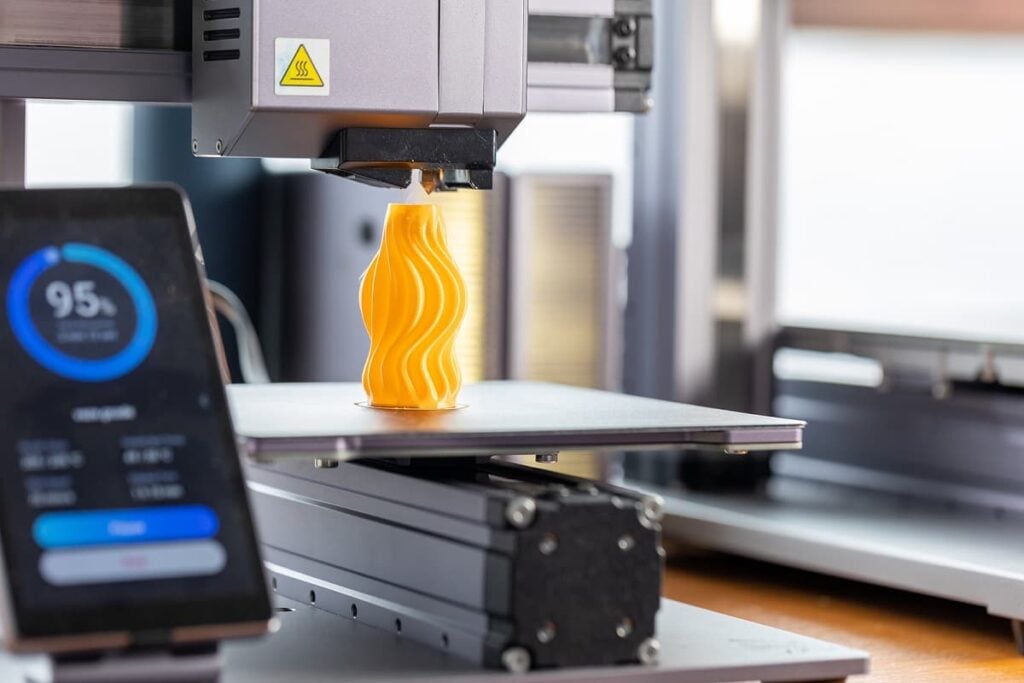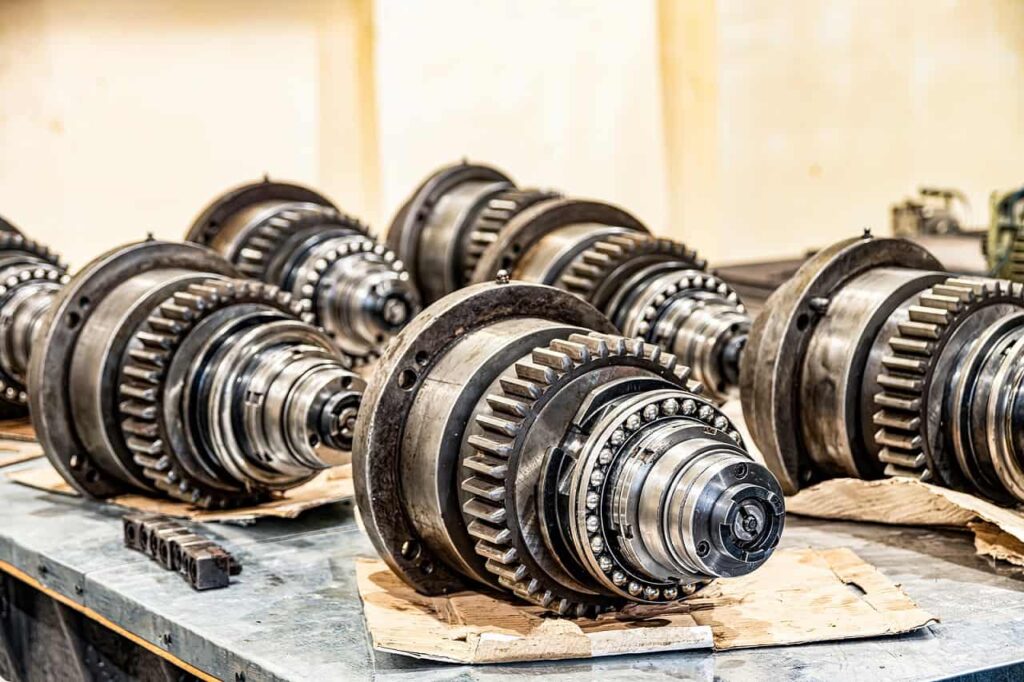Dissecting the Xometry Stock Short Report
Table of contents

“Never fall in love with a stock,” as the old saying goes. This implies you should always be open to criticisms of stocks you’re holding, even if they come from people who are financially motivated to spread bad news about a company. Short sellers who issue scathing reports epitomize the term “conflict of interest,” yet they also serve a useful purpose. With the amount of rubbish companies out there, at least someone is sounding the alarm.
Given their financial incentives, short reports should be taken with a grain of salt, but not ignored. Some short sellers look for opportunistic trades, with most profits reaped in the days that follow the report being released. Others hope to ride the short train to zero, and these critics often point out the likelihood of systemic failure based on business models that aren’t economically viable. Two recent examples of such accusations involve synthetic DNA producer Twist Bioscience and distributed manufacturing leader Xometry. Today, we’re going to explore the Culper Research Xometry short report in greater detail.
The Xometry Short Report
Culper describes Xometry as “an increasingly commoditized middleman for engineers and tinkerers seeking prototyping and small run parts,” a description that matches our recent piece on Distributed Manufacturing – A Case Study Unfolding. One concern is that the total addressable market (TAM) for all forms of distributed manufacturing is much smaller than the market participants would lead us to believe, primarily because the business model can’t sufficiently address anything but “high mix, low volume” parts. Culper takes this a step further and argues that Xometry’s revenue numbers are being artificially inflated because it costs more to acquire a customer than the revenues received in return. Their points of contention include:
- Xometry has higher customer churn rates than they lead investors to believe.
- For every dollar spent on advertising they receive 85 cents in revenues.
- Insiders are selling shares like mad.
- Their AI quoting functionality is subpar and being replicated.
- They’re towing the ESG line, “USA first,” which just isn’t true.
Regarding the last bullet point, let’s hope they’re not trying to only do onshore manufacturing. The whole point of a marketplace is that you’re able to offer customers global selection. Go to where the manufacturing capabilities offer the best quality-to-cost ratio and leave it at that. As for the other points raised, let’s look at each.
Xometry’s marketing dollars appear to have gone in search of more and more unprofitable, one-off customers who effectively churn out in under a year.
Culper Research – Xometry short report
High Customer Churn Rates
Let’s start by looking at Xometry’s revenues from existing accounts (96% of total revenues in Q3-2022) and the total number of customers spending more than $50,000 in the last 12 months.

If the above metrics are to be believed, then 96% of revenues last quarter came from existing “accounts” which they define as “an account where at least one buyer has made a purchase on our marketplace.” That’s a very vague description, and the short report says it’s misleading because the buyer could be from the same company, but representing an entirely different division.
For example, Xometry could in 2016 receive an order from a Chicago-based engineer at Lockheed Martin who then never orders from Xometry again. However, if in 2022, Xometry received an order from a Denver-based engineer at Lockheed Martin, the Company would count this order as from “an existing customer”, even as Xometry might have spent thousands in AdWords to acquire each engineer separately.
Culper Research – Xometry short report
The duration between orders might be a concern. If you have a “customer” that orders from you every four years, is that really a regular customer? Probably not, but the chart showing customers spending more than $50,000 in the past twelve months helps alleviate this concern. As for the buyer being from a separate location within the same firm, that seems irrelevant, and here’s why.
In large corporations, engineers don’t typically start spending company funds on products and services without some pre-approval. Typically, there’s an entire purchasing department tasked with identifying vendors, qualifying them, and then putting the relationships in place that allow company employees to purchase goods and services from approved vendors. Culper Research implies that every time an order comes in from Lockheed, it resulted from an engineer seeing an ad on Google. Wouldn’t it be more likely that Xometry would be an approved vendor at Lockheed where the decision was made internally, regardless of what ads were being run?
Still, this raises some interesting questions. How does Xometry define the 4% of customers who aren’t “existing accounts?” What exactly is a “non-existent” account, and why is Xometry spending roughly 18% of revenues on advertising when just 4% of their revenues come from these nebulous entities?
The Company’s Response
We always expect companies attacked by short sellers to issue a response, and perhaps that’s because short reports typically wreak havoc on share prices. This is because of two main reasons:
- Where there’s smoke, there is fire. A short attack on a company means there must be something to be concerned about. It’s better to sell (becomes self-fulfilling prophecy).
- Investors take the time to digest what’s in the report and the share price suffers slowly over time as more and more rats flee the sinking ship.
In the case of Xometry, the short report was a nonevent aside from some noticeable volume around January 24th.

One could argue that not responding implies the accusations being leveled weren’t grave enough to merit a response. However, we fully expect mention to be made in the coming earnings call, and certainly some assurance around recurring revenues, and ideally some talk of why so much money is being spent on advertising. Furthermore, we’d expect analysts to be throwing hardball questions at management regarding the short report.
The Coming Year-End Call
Setting expectations for the coming earnings call allows us to anticipate what to look for. Should the management team act evasively, or try to dismiss the accusations entirely, that’s not good. They should acknowledge the accusations, and then provide assurance that they’re incorrect, especially when they have to do with clarifying key metrics. Revenues should at least come in at the lower end of guidance – $104 million – with adjusted EBITDA coming in at $9 million in losses. (It’s not important to understand what EBITDA is, just use this as a progress metric for the company reaching profitability.) Here’s why the adjusted EBITDA metric is so important:
Just weeks after the September 2022 Goldman conference, Xometry pushed back its calls to generate positive Adjusted EBITDA from full-year 2023 to merely the second half of 2023.
Credit: Culper Research
The short report sees that slippage as proof that Xometry’s business model isn’t economically viable, which means that target becomes extremely important now. Should Xometry not achieve a milestone that’s already slipped once, they’ll just validate the concerns raised by Culper Research. If they’re smart, Xometry might try and achieve positive adjusted EBITDA ahead of time – perhaps by Q2-2022 – to alleviate concerns investors might have around the short report. It’s also likely we’ll receive guidance for revenues and adjusted EBITDA for Q1-2023 which will be viewed with a great deal of scrutiny.
The last point raised by the short report, and one we see raised often by retail investors, is the extent to which company management has been offloading shares. We always say to view insider sales relative to how much they’re holding. Is it simply trimming some profits, or do these sales represent major chunks of the management team’s ownership? In the case of Xometry, it seems to be the latter.

Nobody can be excused for wanting to take money off the table, but who thought this was a good idea in respect to the messages it sends the market? Typically, there are rules or agreements in place that govern insider sales in order to not send wrong signals to the market. It seems hard to explain away these large sales, though they will be offset to a certain extent by share-based compensation. In a future article, we’ll dig into how we might try and quantify how concerned investors should be when analyzing insider sales.
Our Thoughts on Xometry
Regardless of how big the actual TAM is, there’s a need for “high mix, low volume” manufacturing services that can cater to many one-off jobs from engineers in all industries and locations. Xometry seems to be emerging as a leader in that space, though one might question how they’re able to grow revenues so fast when their competitors show flatlining revenues in the face of today’s macroeconomics headwinds.

We haven’t used the Xometry platform, but it’s critically important that customers be allowed to isolate their manufacturing jobs to a single machine shop at any given time. If every time you send Xometry a job, a different supplier fulfills the order, the inconsistencies in quality will simply render the whole business model useless. By the same token, buyers need the ability to blacklist suppliers who aren’t producing acceptable products so that quality assurance polices itself. That goes back to the appeal of Protolabs – being able to control quality in a closed-loop system.
Some experts we spoke with question the capabilities of Xometry’s AI algorithms. For example, there will always be errors in any distribution of price quotes, some that will favor the customer. In these cases, Xometry may have to perform jobs they lose money on. To avoid such mistakes, there’s the temptation of having humans in the loop who can check price quotes and reach out to customers if there’s a problem. Having manual intervention defeats the purpose, and just about every distributed manufacturing firm out there now claims to offer “instant quoting.” As for the AI algorithms learning from past jobs, that’s very difficult when you consider that “high mix, low volume” jobs are so varied that the AI doesn’t learn much as time goes on since there’s little consistency across jobs.
Many of the concerns raised about Xometry can be alleviated by answering one simple question. Are Xometry’s customers, they spend tons of money acquiring, sticking around? Or are they trying a subpar solution with a gimmicky AI value proposition and quickly realizing it’s a solution looking for a problem?
Conclusion
The short report not having an impact on the share price is a blessing in that investors don’t have a sense of urgency to make quick decisions. Perhaps they’re all waiting for the coming earnings call as we are. In light of our concerns around the seemingly limited opportunity of distributed manufacturing, we won’t look kindly on bad news from Xometry. Anything that validates the concerns raised by Culper Research will send risk-averse investors rushing for the exits.
Sign up to our newsletter to get more of our great research delivered straight to your inbox!
Nanalyze Weekly includes useful insights written by our team of underpaid MBAs, research on new disruptive technology stocks flying under the radar, and summaries of our recent research. Always 100% free.















This market is matured now. As always:
It has been created by the Americans (Xometry),
is dominated quality and reliability wise by the Germans,
is dominated costwise by the Chinese.
Italians still have the best food.
Speed could be remaining benefit in the manufacturing triangle, but that’s Protolabs USP die to its in-house manufacturing.